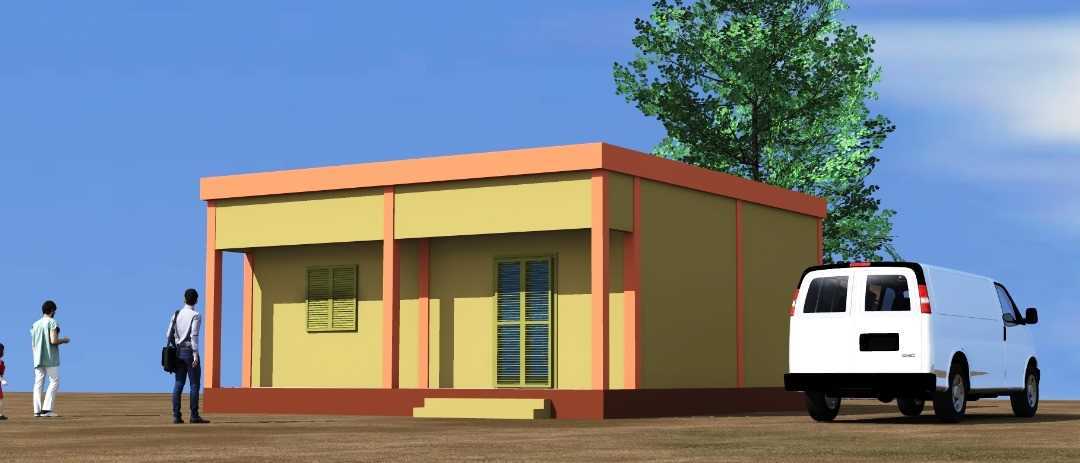Malcom X Madrasa in Mali
MALI MALCOLM X MADRASAH PROJECT SUMMARY
PROJECT OBJECTIVES
Strengthening Educational Infrastructure: To ensure more students receive quality education
Building a Safe and Secure Classroom: To provide a comfortable learning environment for students
Providing Basic Educational Tools: To supply necessary desks and chairs for students
Creating a Sustainable Education Model: To make the project more sustainable by using local materials and labor
PROJECT DETAILS
This madrasah with a capacity of 90 students will be built on an area of 80 m² It will be furnished with 30 student desks and 1 teacher desk inside the classroom There will be 2 toilets next to the classroom building The project cost is 25,000 EUR The imam's salary for 1 year is included in the project
ECONOMIC SITUATION
In Mali one of the poorest countries in the world the average annual income per capita is below 1,000 dollars Political instability caused by military coups and international interventions is also pushing the country into economic crisis In particular the international operation led by France in 2013 caused great damage to Mali Between 2014 and 2019 there was a noticeable economic recovery but the military coup in 2020 once again disrupted the process The effects of the coup on the economy will become clearer in the upcoming period 65% of Mali’s land is desert and agricultural production is concentrated in the Niger River delta which stretches across the country Agriculture and fishing sectors account for 80% of employment in the country Main agricultural products are cotton millet rice peanuts sugarcane fruits and vegetables On the other hand livestock farming has recently emerged as a growing sector Mali is rich in natural resources such as gold iron copper bauxite nickel phosphate manganese uranium limestone and salt However although these resources are known to exist production has not yet been fully realized
STATUS OF MUSLIMS
Islam began to spread in the lands of Mali during the Ghana Empire through Arab and Berber Muslims and in the northern and eastern parts of the country through the Mor and Tuareg tribes In the following centuries Islam continued to exist in the Mali region within the Mali Empire the Songhai Empire and the Timbuktu Caliphate Especially cities like Timbuktu Gao Araouane and Djenné became important centers of Islamic knowledge and culture in the Islamic world Due to the influence of these centers scholars who played an active role in political and cultural life as well as Sufi movements became influential in Mali Among these particularly the Qadiriyya and the Tijaniyya orders which was founded in North Africa in the 19th century should be mentioned Today nearly the entire population of Mali is Muslim The official religious institution representing Muslims before the state is the Association Malienne Pour l’Unité et le Progrès de l’Islam AMUPI which has been active since 1980 Additionally the organization named Collectif des Associations Islamiques du Mali CAIM founded by religious societies in the country is also active
EDUCATIONAL NEEDS
With this project it is aimed to provide the local people with a place where they can peacefully perform their prayers and meet their educational needs Educational infrastructure in Mali is quite inadequate and this makes it difficult for children to access school The main problems in education are as follows Insufficient number of schools Many children in rural areas cannot receive education Lack of school materials Basic materials such as books notebooks and pens are not available Lack of qualified teachers The number of educators is low and the quality of teacher training should be improved Inadequate physical infrastructure There is a shortage of desks and chairs for students
